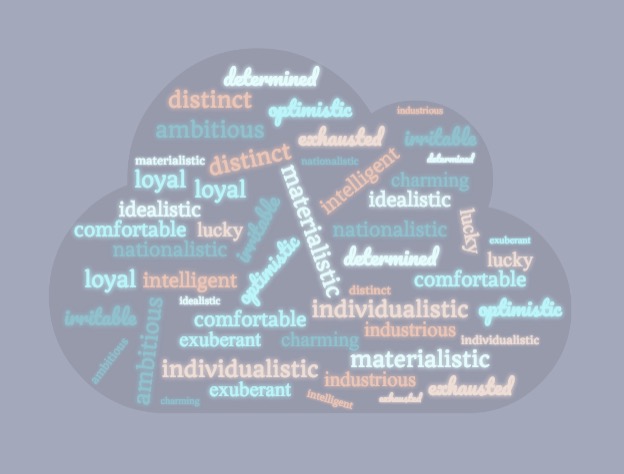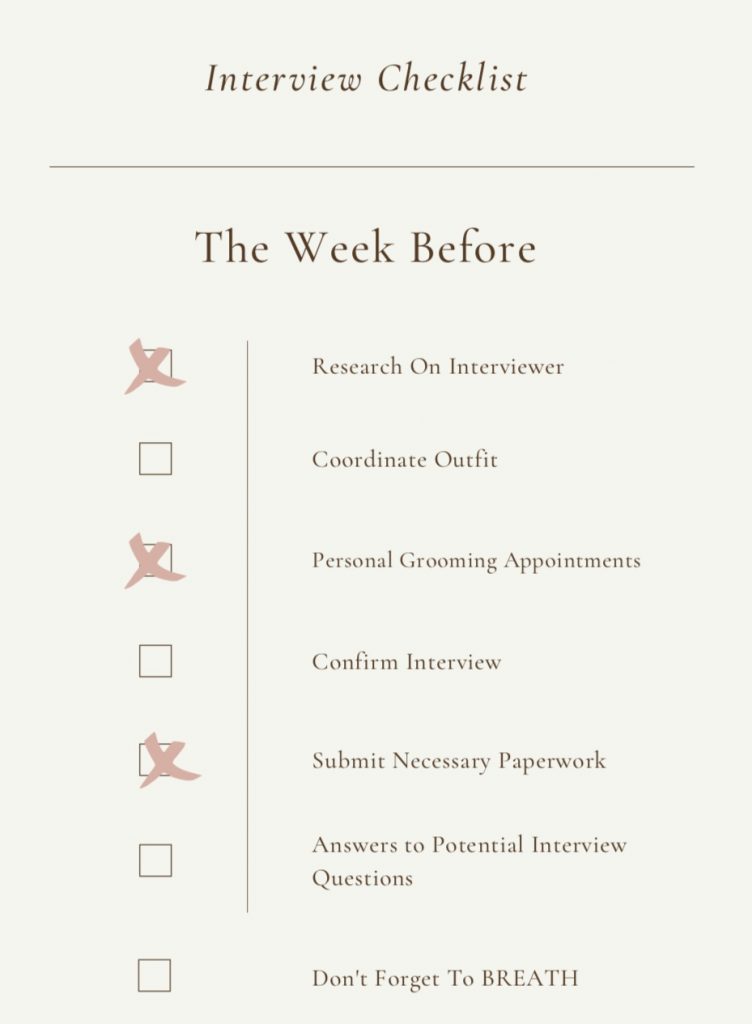Top Artifact Three: Unjustified Tit for Tat?
April 14, 2022

Aggression can be defined as a reaction to other people’s direct behavior toward us. It can be perceived as a wrong rectified. However, there are times when the aggressor’s hostile behavior is carried from one situation to another. Where other individuals are caught in the crossfire as innocent bystanders. This may be the worst type of aggression; the redirection of hostility toward someone or something not directly responsible for arousing such emotions.
The visual image is meant to bring a bit of humor to a serious situation. When individuals transfer aggression toward animals or others who are unsuspecting, it demonstrates true aggression. The harm done to those who are in the wrong place at the wrong time demonstrates the individuals inability to practice self-control.
The described scenario above is known as Excitation Transfer Theory. It suggests when we experience negative arousal from one scenario, the lingering arousal can be misplaced toward unrelated people, animals, or situations causing us to overreact to the present situation. For example, a couple argues about (blank) issue then on the ride home from picking up their child, the child spills a drink in the back seat. If the parent is unconsciously still aroused about the prior fight, that parent may overreact to the accident and take their frustration out on the child. Or when a man who just got fired viciously kicks an animal. The aggression is directed towards those who are not directly responsible for influencing the aroused state the aggressor feels in the moment. The minor annoyances which elicited the strong response toward an unwitting bystander is indicative of the destructive nature aggression causes.
Top Artifact Two: Smaller World, Wider Perceptions!
March 30, 2020
The world has become more interrelated than ever before, due in part to technological advances and globalism (e.g., international trade in goods, ideas, and politics). An increase in technology and globalism has allowed people to encounter various cultures. The progression of socialization on a global scale in the twenty first century would be a foreign concept to individuals in the 1930’s or 1950’s. That is, today’s increased contact with different people has changed some of our stereotypes towards other groups. The hypothesis contact explains how direct or indirect contact with differing group members can help recategorize our views and beliefs about them. Moreover, the changing social environment and contact with others differing from ourselves increases knowledge about out-group members, altering our perception of others.
When people view others less as a threat to our resources and more in terms of sharing resources on a global scale, it recategorizes our perception into one that is more positive than negative. Where on a global scale interdependent countries rely on each other to achieve a common goal. That is the changing position in society. For example, Japan is currently an ally of America. Our stereotypes based on their culture now are more positive (i.e., tradition-loving, and family-orientated) vs. in the 30’s and 50’s our stereotypes of them were negative (i.e., deceptive, or sly). Older stereotypes were negative and could be attributed to a perceived threat (i.e., the surprise attack in 1941 on Pearl Harbor). Today the increased interdependence of globalism and knowledge via technological advances alters the world and our perception of others.

Top Artifact one: Managing First Impressions
January 30, 2022
When meeting new people I discovered it is essential to present my most authentic self. Although there are occasions when I add a little polish to my shine. Through my experience I have implemented certain approaches when interacting with unfamiliar people and situations. Specifically, there are two I employ to appeal to my audience (others) by self-enhancing and other-enhancements. Self-enhancing is done when I extenuate my per-established physical features or grooming in an appropriate manner for the occasion. What is acceptable in one setting may not be in another. Other-enhancements are employed as I appeal to my audiences’ egos (i.e. agreeing with their views, flattery, researching their interest or current work, asking for their advice, or doing something for the person). As mentioned before there are situations requiring different approaches or attire. I unearth the importance of being my authentic self: kind, helpful, professional, curious, and witty.
For instance, when I met my mother in-law in person for the first time, I established a relationship with her by meeting her on her level. My mother in-law is a 90 year old Danish woman who lives in Canada, a hard working single mother. In the pre-meeting stage I engaged in other -enhancements; I wrote letters/emails back and forth, encouraged her son to call (a favor-without her asking), and flattered her by showing a genuine interest in her hobbies and history. When I finally met her face to face in Canada, I ensured I was dressed appropriately and complemented her home and hospitality for being our host us for Christmas. When it was appropriate I asked her advice on her son, cleaned up around the house, and continued to show interest in her and her friends’ likes. During a dinner party I had the opportunity to meet Europeans who had immigrated from their country of origin to Canada, after WWII.
The casual nature of meeting peers affords me to limit my professional appearance and employ the use of other-enhancements. In my experience to effectively produce quality work, I first ask the other person their thoughts on how to complete the project. If their ideas are valid, I agree with them or suggest alternative solutions. Moreover, to create a rapport with my peer, I like to offer flattery by find an attribution or item in their possession to complement.
As I prepare for interviews with an internship or graduate school, and/or meeting with a professor or boss for the first time, it is a similar process. I will research current literature in the field regarding the internship, professors, or graduate school. After familiarizing myself with their work before the interview, I self-enhance by appropriately grooming (i.e., shower, blow dry my hair, and apply subtle make up with a red lipstick). I am fortunate to have symmetry in my facial features requiring minimal make-up, but I like to stand out with red lips. Due to the COVID-19 pandemic most interviews are being conducted via Zoom. Unfortunately there are individuals who only get half ready. I have found I am more confident when I am dressed to impress from head to toe (this includes shoes). During the interview I smile (a lot) and make witty comments, while also maintaining a professional demeanor. I have found people like to work with others who are positive while knowledgeable about their (the interviewers) field of expertise. Moreover, research in I-O psychology found future employers can tell when an interviewee is exaggerating about their qualifications (Robbins & Judge, 2019). It is imperative to not lie about qualifications; the truth will be revealed one way or another. When interviewing for graduate school or internship I will use other-enhancements by asking for advice on the qualities successful students have or what it takes to succeed. It is helpful to know what others require from you in order to put my best foot forward. It is also okay to not know an answer. That is why you are entering their program, to expand your knowledge and experience.
A key to my success has been practicing impression management in all aspects of my life. It is essential to be genuine and authentic when using these techniques to make a good impression of yourself to others. There are situations requiring substantial use of professional self-enhancement to dress accordingly (i.e., interviews and meeting important people) and other times it is unnecessary.
References
Robbins, S. & Judge, T.A. (2019). Organizational Behavior 18th ed., Pearson.

